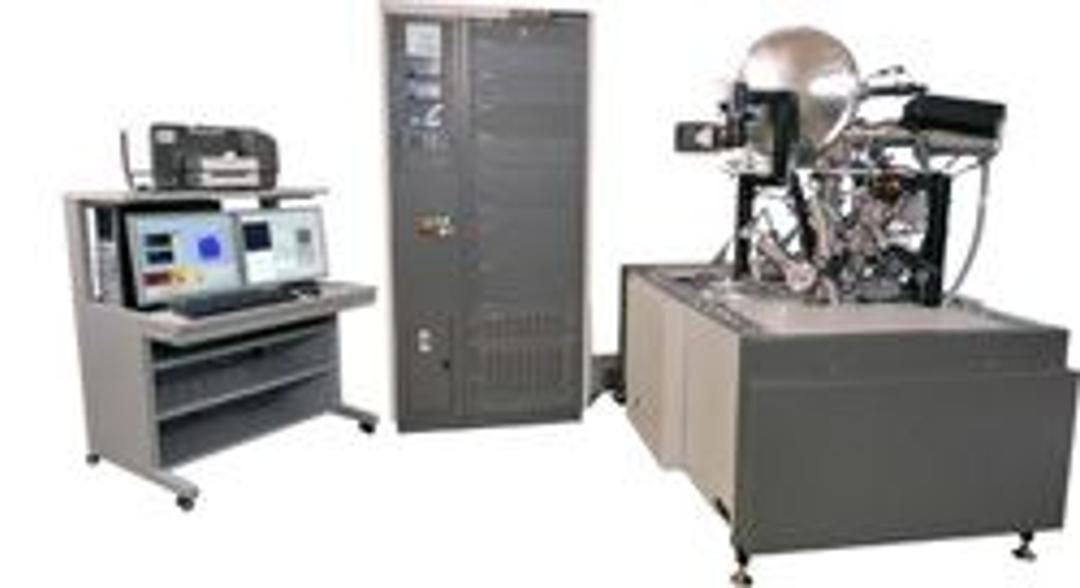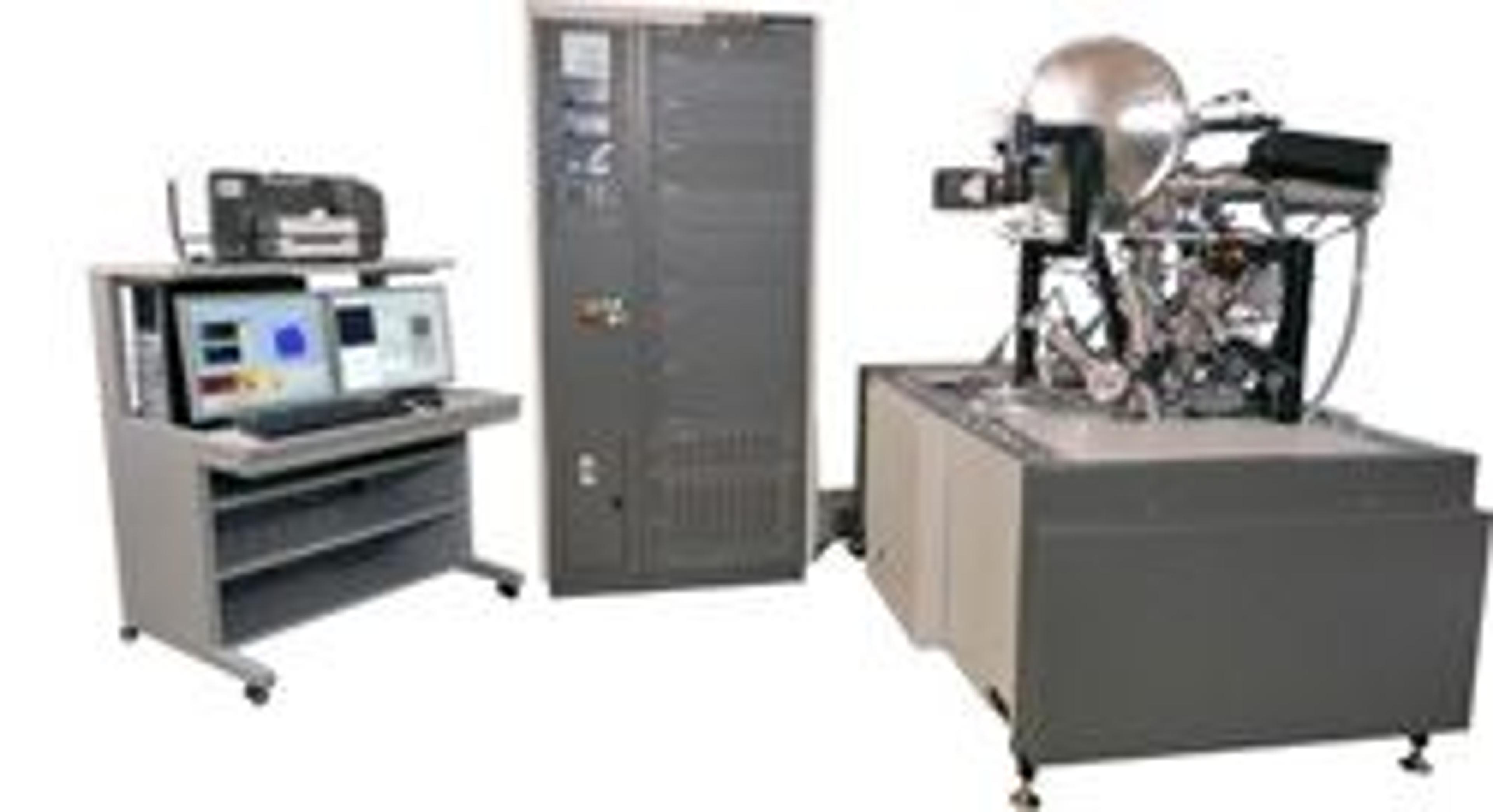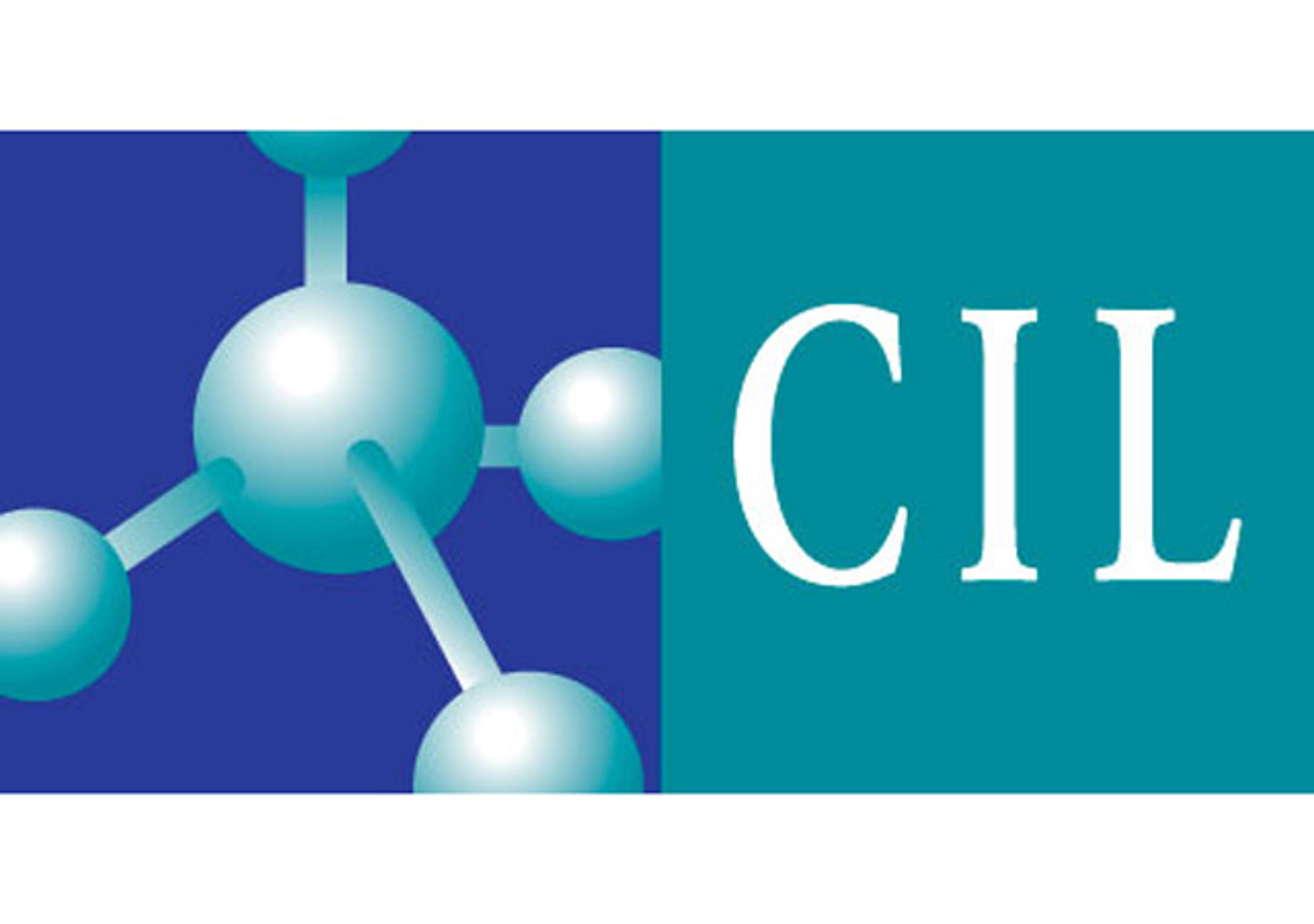PHI TRIFT V nanoTOF
PHI nanoTOF TOF-SIMS The new PHI TRIFT V nanoTOF surface analysis instrument is the next generation of PHI’s highly successful line of TOF-SIMS instruments which utilize the patented TRIFT analyzer. Several significant improvements have been introduced with the nanoTOF. The superior performance TRIFT analyzer has been combined with a revolutionary new sample handling platform. This innovative new sample handling platform was…
The supplier does not provide quotations for this product through SelectScience. You can search for similar products in our Product Directory.
Great result can't live without this instrument
Semiconductor physical electronics
Very best product at this price because they provide a much better experience and also the manufacturing is high quality.
Review Date: 22 Jul 2022 | Physical Electronics
PHI nanoTOF TOF-SIMS
The new PHI TRIFT V nanoTOF surface analysis instrument is the next generation of PHI’s highly successful line of TOF-SIMS instruments which utilize the patented TRIFT analyzer. Several significant improvements have been introduced with the nanoTOF. The superior performance TRIFT analyzer has been combined with a revolutionary new sample handling platform.
This innovative new sample handling platform was designed from the ground up specifically for TOF-SIMS, adding the flexibility needed to accommodate samples with complex geometries. In addition, improvements have been made in charge compensation and ion gun performance.
Time-of-Flight Secondary Ion Mass Spectrometry (TOF-SIMS) provides sub-micron elemental, chemical, and molecular characterization and imaging of solid surfaces and thin films for products such as semiconductors, hard disk drives, polymers, paint and other surface coatings. Manufacturing companies in the chemical, semiconductor and pharmaceutical industries can use the nanoTOF to improve product performance, conduct failure analysis and manage process control. Time-of-Flight SIMS surface analysis instruments differ from Dynamic SIMS instruments in that they can analyze the outermost one or two mono-layers of a sample while preserving molecular information.














